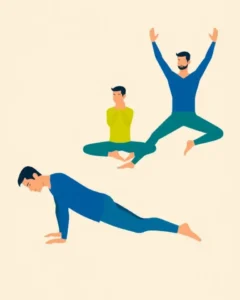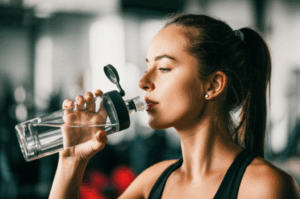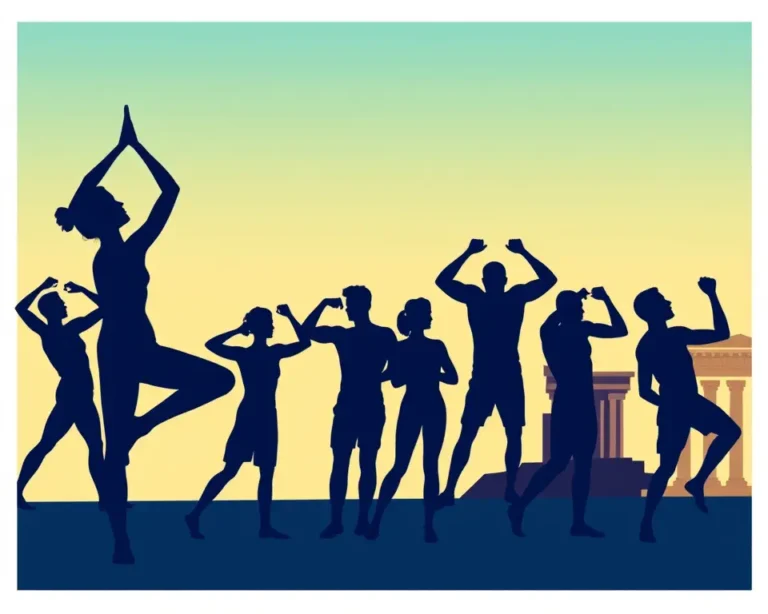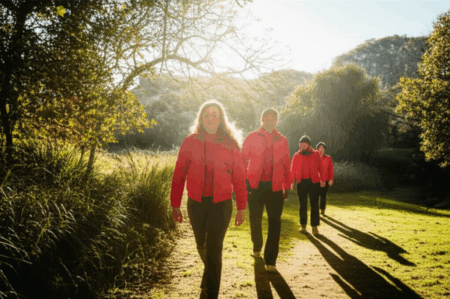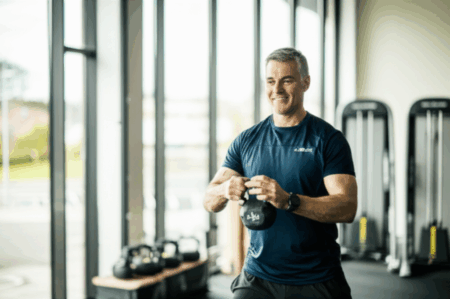As we journey through life, our bodies undergo various changes that impact our fitness needs. What worked in your 20s may not be as effective or safe in your 40s, 60s, or beyond. Adapting your workout routine to match your age and lifestyle is essential for maximizing benefits and reducing risks. Fitness expert Laura Williams emphasizes the importance of tailoring fitness habits to ensure your body remains strong and healthy over time. This guide provides insights on how to modify your exercise regimen to stay active and healthy at every stage of life.
Why Adapt Your Workout Routine by Age?
An active lifestyle is beneficial for both your body and mind, promoting better health and greater independence as you age. However, the type of exercise your body needs changes over time. As Mark Harris, a fitness expert at Mirafit, notes, “The exercise regimen that worked for you in your 20s may not be what your body needs in your 40s, 50s, 60s and beyond.” Tailoring your workout routine helps you:
- Maximize benefits: Ensure you’re targeting the right areas for your current physical needs.
- Prevent injuries: Reduce the risk of strains, sprains, and other injuries by adjusting intensity and impact.
- Maintain motivation: Keep your workouts engaging and effective by adapting them to your changing abilities and goals.
- Address age-related changes: Counteract the natural decline in muscle mass, bone density, and flexibility.
General Fitness Guidelines for Adults
The Centers for Disease Control and Prevention (CDC) recommends that all adults, regardless of age, engage in at least 150 minutes of moderate-intensity exercise each week. This can be broken down into 30 minutes of activity, five days a week. Additionally, adults should incorporate muscle-strengthening activities at least two days a week, working all major muscle groups.
Here’s a breakdown of activity intensity:
- Moderate-intensity: Activities that raise your heart rate and make you breathe faster, such as brisk walking, recreational swimming, or cycling slower than 10 miles per hour.
- Vigorous-intensity: Activities that make you breathe hard and fast, such as jogging, swimming laps, or cycling faster than 10 miles per hour.
Exercise Recommendations by Age Group
While general guidelines provide a foundation, customizing your workout routine based on your age group can optimize your fitness journey.
Teens (13-19 years)
- Focus: Building strength, endurance, and establishing healthy habits.
- Recommended activities:
- Sports: Football, rugby, basketball, and swimming are great for social interaction and overall fitness.
- Bodyweight exercises: Squats, push-ups, and lunges can be done anywhere without equipment.
- Cardio: Running and cycling to improve stamina.
- Considerations: Emphasize proper form and technique to prevent injuries. Encourage participation in activities they enjoy to foster a positive relationship with fitness.
Young Adults (20-39 years)
- Focus: Building a strong fitness foundation and maintaining peak physical performance.
- Recommended activities:
- Strength training: Compound exercises like squats, deadlifts, bench presses, and rows to build muscle mass. Aim for 3-5 days per week.
- Cardiovascular exercise: High-intensity interval training (HIIT), running, cycling, or swimming for heart health and endurance (2-3 days per week).
- Flexibility and mobility: Yoga or stretching routines to maintain mobility and prevent injuries.
- Considerations: This is the prime time to establish a consistent exercise routine. Incorporate a mix of activities to target different fitness components.
Adults in Their 40s
- Focus: Maintaining muscle mass, bone density, and overall fitness amidst potential lifestyle changes.
- Recommended activities:
- Weight training: Continue lifting weights to combat muscle loss.
- Weight-bearing exercises: Brisk walking, jogging, or yoga to strengthen bones.
- Core exercises: Pilates to work on strengthening the core and lower back.
- Considerations: Pay attention to bone strength and pelvic floor health. Experiment with different workouts to keep things interesting.
Adults in Their 50s
- Focus: Shifting towards lower intensity exercises with increased duration, focusing on balance and flexibility.
- Recommended activities:
- Cardio: Cycling, swimming, or brisk walking for heart health.
- Strength training: Resistance bands or light weights to maintain muscle strength.
- Balance exercises: Yoga or tai chi to improve stability and prevent falls.
- Considerations: Midlife adults might start to shift down the intensity of their exercise but increase the duration.
Older Adults (60+ years)
- Focus: Maintaining agility, balance, and overall well-being.
- Recommended activities:
- Low-impact exercises: Walking, water aerobics, or chair yoga to be gentle on joints.
- Balance exercises: Tai chi or balance-specific exercises to prevent falls.
- Strength training: Light weights or resistance bands to preserve muscle mass.
- Considerations: Routines can be “lower intensity” and still effective. Focus on form rather than speed. Incorporate balance work a few times a week, in addition to cardio and strength activities.
Adapting Exercises for Common Age-Related Issues
As you age, you may encounter specific health issues that require further modifications to your workout routine.
- Arthritis: Choose low-impact activities like swimming, cycling, or walking. Focus on range-of-motion exercises to maintain joint flexibility.
- Osteoporosis: Engage in weight-bearing exercises and strength training to improve bone density.
- Menopause: Incorporate cardio to boost estrogen levels and alleviate symptoms like hot flashes and mood changes.
- Poor Mobility: Seated exercises for those with limited mobility.
Additional Tips for Adapting Your Workout
- Warm-up and cool-down: Always warm up before exercise and cool down afterward to prevent injuries.
- Listen to your body: Pay attention to pain or discomfort and adjust your routine accordingly.
- Stay hydrated: Drink plenty of water before, during, and after exercise.
- Consult with a professional: Talk to your doctor or a certified fitness trainer for personalized advice.
The Importance of Social Support
Regardless of age, social support can play a significant role in maintaining an active lifestyle.
- Join group fitness classes: Look for classes designed for your age group or fitness level.
- Find a workout buddy: Exercising with a friend can keep you motivated and accountable.
- Participate in community events: Join walking groups, sports leagues, or other activities in your area.
Conclusion
Adapting your workout routine according to your age is crucial for maintaining optimal health and well-being throughout life. By understanding the changing needs of your body and adjusting your exercise regimen accordingly, you can continue to enjoy the benefits of an active lifestyle for years to come. Remember, it’s never too late to start, and even small increases in physical activity can lead to significant health improvements. As fitness expert Laura Williams advises, tailoring your fitness habits to your age ensures your body remains strong and healthy over time.

